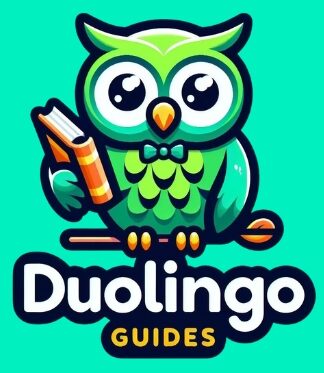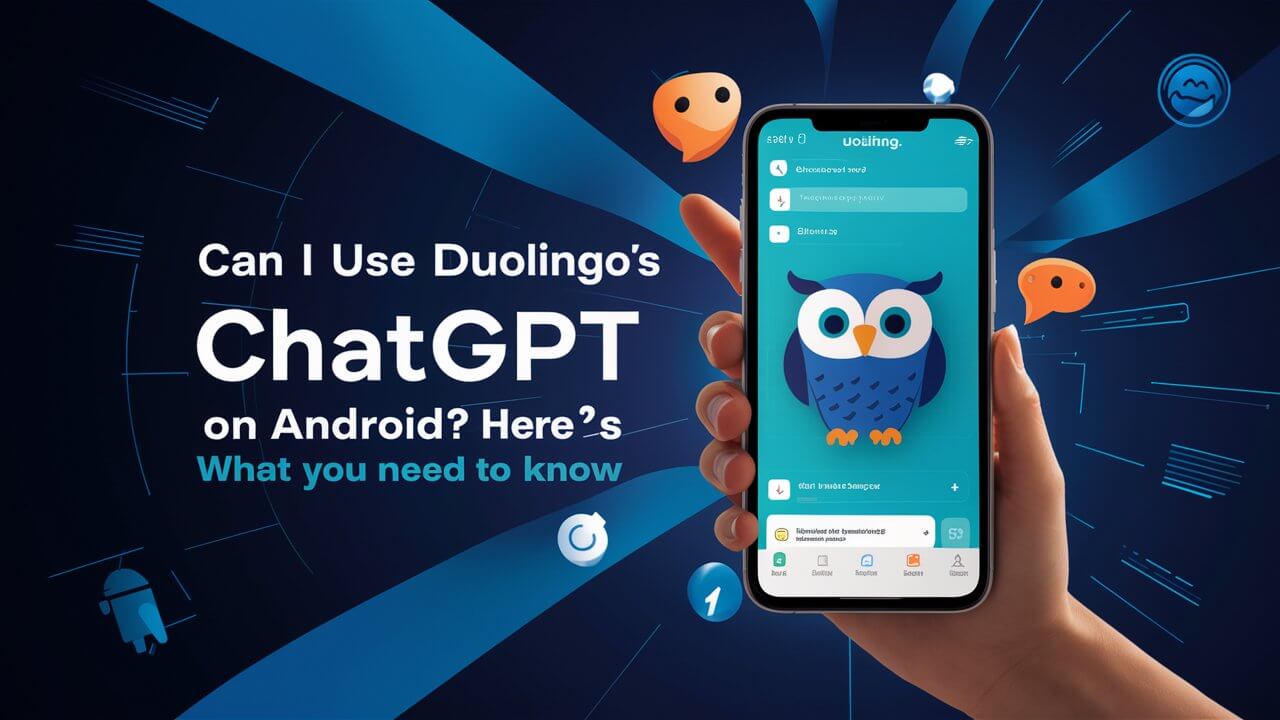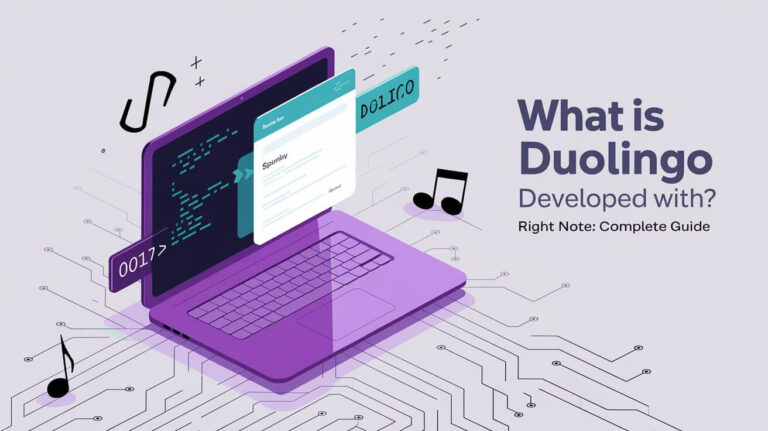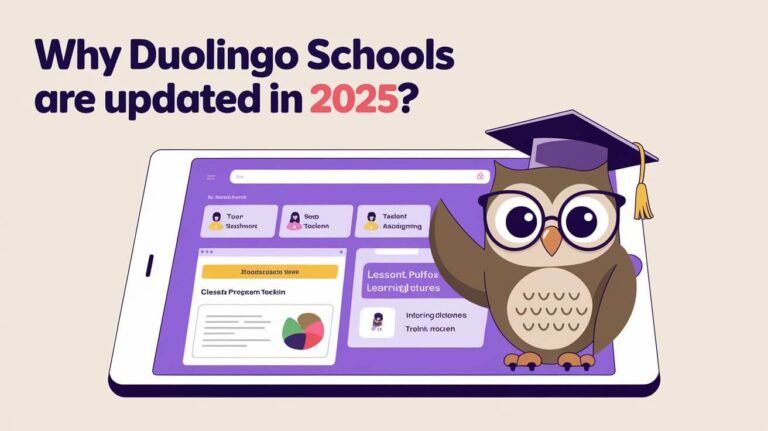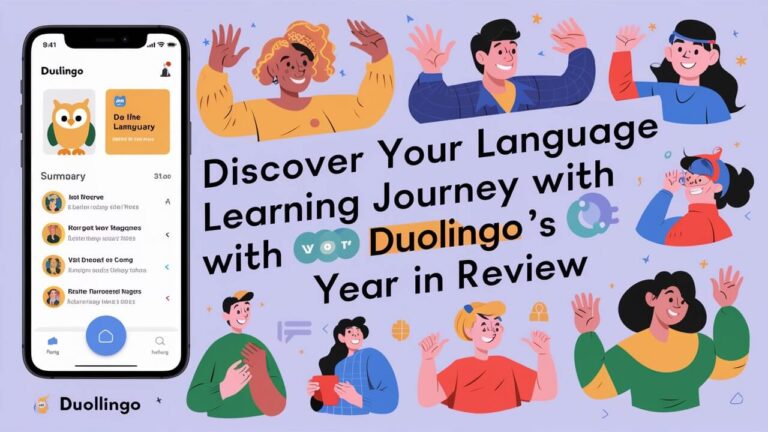In today’s digital age, learning a new language has become more accessible than ever before, thanks to the advent of language learning apps like Duolingo. With its engaging exercises and gamified approach, Duolingo has gained immense popularity among language enthusiasts worldwide. However, the question on many Android users’ minds is: “Can I use Duolingo’s ChatGPT on Android?”
In this guide, We’ll explore Duolingo’s integration with ChatGPT, a language model by OpenAI. We’ll discuss its availability on Android, how to access it, and its benefits for language learners. We’ll also cover alternative options and provide tips for effective language learning with AI.
What is Duolingo’s ChatGPT Integration?
Duolingo has recently introduced a new premium subscription tier called Duolingo Max, which offers two groundbreaking features powered by OpenAI’s GPT-4 technology: Explain My Answer and Roleplay.
Explain My Answer
Have you ever encountered a situation where you made a mistake in a language exercise but couldn’t figure out why? The Explain My Answer feature aims to solve this problem. After attempting certain exercise types, learners can tap a button to initiate a chat with Duo, Duolingo’s friendly mascot. The duo will then provide a detailed explanation of why the given answer was correct or incorrect, offer examples, and clarify any misunderstandings.
Roleplay
The Roleplay feature takes language learning to a whole new level by allowing learners to practice real-world conversational skills with in-app characters. Imagine ordering coffee at a Parisian café, discussing future vacation plans, or going furniture shopping – all within the Duolingo app. These interactive scenarios are designed to mimic real-life situations, helping learners build confidence and fluency in their target language.
Duolingo has worked with OpenAI for months to improve AI technology and reduce errors.
Availability of Duolingo’s ChatGPT Features on Android
As of now, the Explain My Answer and Roleplay features are available to English speakers learning Spanish or French on iOS devices in the United States, Canada, United Kingdom, Ireland, Australia, and New Zealand. However, Duolingo has expressed plans to roll out these features to more courses, platforms, and countries shortly.
For Android users eagerly awaiting these AI-powered features, the wait may not be too long. Duolingo has stated that they are actively working on expanding the availability of Duolingo Max to Android and web platforms in the coming months.
How to Access Duolingo’s ChatGPT Features on Android (if available)
If you’re an Android user and Duolingo Max becomes available on your device, accessing the Explain My Answer and Roleplay features will be straightforward. Here’s a step-by-step guide:
- Open the Duolingo app on your Android device.
- Navigate to the Shop tab (represented by a gem icon at the top of the screen).
- Locate the Duolingo Max subscription option and follow the prompts to purchase the subscription.
- Once subscribed, you’ll have access to the Explain My Answer and Roleplay features within the app.
You need a Duolingo Max subscription to access the AI-powered features, as they are not available in the free app version.
Using the Explain My Answer Feature
The Explain My Answer feature is designed to provide learners with instant feedback and explanations for their responses in language exercises. Here’s how it works:
- After attempting a question in a compatible exercise type, you’ll see a button labeled “Explain My Answer.”
- Tap this button to initiate a chat with Duo, the Duolingo mascot.
- In the chat interface, Duo will explain why your answer was correct or incorrect, including examples and clarifications.
- You can then ask Duo for further explanations or examples if needed.
- At the end of the chat, you can provide feedback on the quality of the explanation by giving a thumbs up or thumbs down.
This feature is particularly useful for identifying and correcting recurring mistakes, as well as deepening your understanding of language concepts.
Using the Roleplay Feature
The Roleplay feature offers an immersive and interactive way to practice conversational skills in your target language. Here’s how it works:
- Within the Duolingo app, you’ll see various characters representing different scenarios (e.g., ordering coffee at a Parisian café, or discussing vacation plans with a friend).
- Tap on a character to initiate a Roleplay session.
- You’ll be presented with a scenario and a goal for the conversation (e.g., politely decline a request, or ask for directions).
- Engage in a conversation with the character, responding to prompts and practicing your language skills.
- After the conversation, Duo will provide feedback on the accuracy and complexity of your responses, as well as tips for future conversations.
The Roleplay feature is designed to mimic real-life situations, helping you build confidence in using your target language in practical contexts.
Alternatives to Duolingo’s ChatGPT on Android
While Duolingo’s ChatGPT integration is currently limited to iOS devices, Android users have alternative options for language learning with AI-powered features:
- Language Learning Apps: Some language learning apps like Babbel, Rosetta Stone, and Memrise have implemented AI-powered features such as speech recognition, personalized feedback, and conversational practice.
- AI Language Tutors: Standalone AI language tutors like Mondly or Butterfly AI offer conversational practice and feedback tailored to your language level and goals.
- Conversational Practice Tools: Apps like Tandem or Speaky allow you to practice conversational skills with native speakers or AI bots, providing an immersive language learning experience.
It’s worth exploring these alternatives to find the option that best suits your learning style and preferences.
Pros and Cons of Using AI for Language Learning
Like any technology, using AI for language learning has its advantages and potential drawbacks:
Pros:
- Personalized Learning: AI can adapt to your language level, learning pace, and specific needs, providing a tailored learning experience.
- Instant Feedback: AI-powered tools can provide immediate feedback on your responses, allowing you to correct mistakes and reinforce concepts quickly.
- Conversational Practice: AI-powered conversational practice tools offer a low-pressure environment to build fluency and confidence in using your target language.
- Accessibility: AI-powered language learning tools can be accessed from anywhere, making language learning more convenient and flexible.
Cons:
- Potential Inaccuracies: While AI technology constantly improves, there is still a risk of encountering inaccuracies or unnatural language usage.
- Lack of Human Interaction: AI-powered tools cannot fully replicate the nuances and cultural context of human-to-human interaction, which is crucial for language learning.
- Dependence on Technology: Relying too heavily on AI-powered tools can lead to a lack of fundamental language skills or the ability to communicate effectively in real-life situations.
- Privacy Concerns: Some users may have privacy concerns regarding the data collected and used by AI-powered language learning tools.
Use AI-powered tools to support traditional language learning, not replace it.
Tips for Effective Language Learning with AI
To maximize the benefits of using AI-powered language learning tools like Duolingo’s ChatGPT integration, consider the following tips:
- Combine AI with Traditional Methods: While AI-powered tools can provide valuable practice and feedback, they should be used in conjunction with traditional language learning methods (e.g., classroom instruction, textbooks, language exchange partners) for a well-rounded learning experience.
- Set Realistic Expectations: Understand that AI-powered tools, while advanced, are not infallible. Approach them with realistic expectations and be prepared to supplement them with human feedback and guidance.
- Practice Active Learning: Engage actively with AI-powered tools by asking questions, seeking clarifications, and practicing diverse scenarios to reinforce your language skills.
- Embrace Mistakes: Don’t be discouraged by mistakes or inaccuracies encountered while using AI-powered tools. Treat them as learning opportunities and use the feedback provided to improve.
- Seek Human Oversight: While AI-powered tools can provide valuable practice and feedback, it’s essential to seek guidance and feedback from human language experts, such as teachers or language exchange partners, to ensure you’re on the right track and to address any gaps or nuances that AI may miss.
- Immerse Yourself in the Language: Supplement your AI-powered language learning with exposure to authentic materials like books, movies, music, and podcasts in your target language. Immersion is key to developing a better understanding of the language’s cultural context and idiomatic expressions.
- Be Patient and Consistent: Language learning is a journey; progress takes time and consistent effort. Don’t get discouraged if you don’t see immediate results. Stay motivated, celebrate small victories, and trust the process. You are building a Well-rounded Language Learning Experience.
- Classroom Instruction: Formal instruction from qualified language teachers can provide a solid foundation in grammar, vocabulary, and pronunciation.
- Language Exchange Partners: Practicing conversation with native speakers or language exchange partners can help you improve your fluency, comprehension, and cultural understanding.
- Textbooks and Study Materials: Quality textbooks and study materials can provide structured lessons, exercises, and explanations to reinforce your learning.
- Immersion Experiences: Traveling to a region where your target language is spoken or participating in language immersion programs can accelerate your language acquisition and cultural awareness.
- AI-powered Tools: Incorporating AI-powered tools like Duolingo’s ChatGPT integration can offer personalized feedback, conversational practice, and engaging interactive exercises to supplement your learning.
Conclusion
In conclusion, while Duolingo’s ChatGPT integration with the Explain My Answer and Roleplay features is currently limited to iOS devices for English speakers learning Spanish or French, Android users can look forward to the potential future availability of these AI-powered language learning tools.
AI-powered tools should supplement, not replace, traditional language learning methods. Combine them with guidance from human experts, immersion, and a well-rounded approach for effective language acquisition.
As language learning apps and AI technology continue to evolve, we can expect to see more exciting developments that enhance the language learning experience. Regardless of the tools and methods you choose, the key to success lies in consistent effort, patience, and a genuine passion for learning.
So, whether you’re an Android user eagerly awaiting Duolingo’s ChatGPT integration or exploring alternative AI-powered language learning tools, embrace the journey, celebrate your progress, and never stop exploring the richness of languages and cultures around the world.
